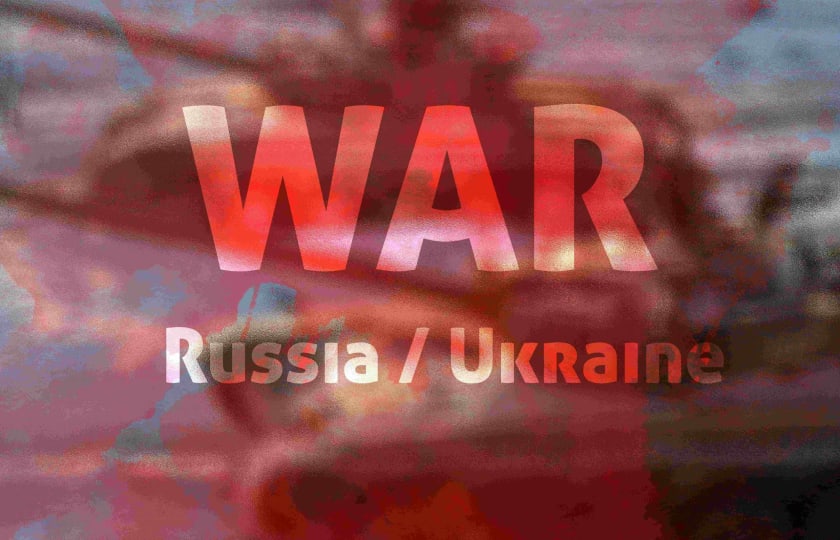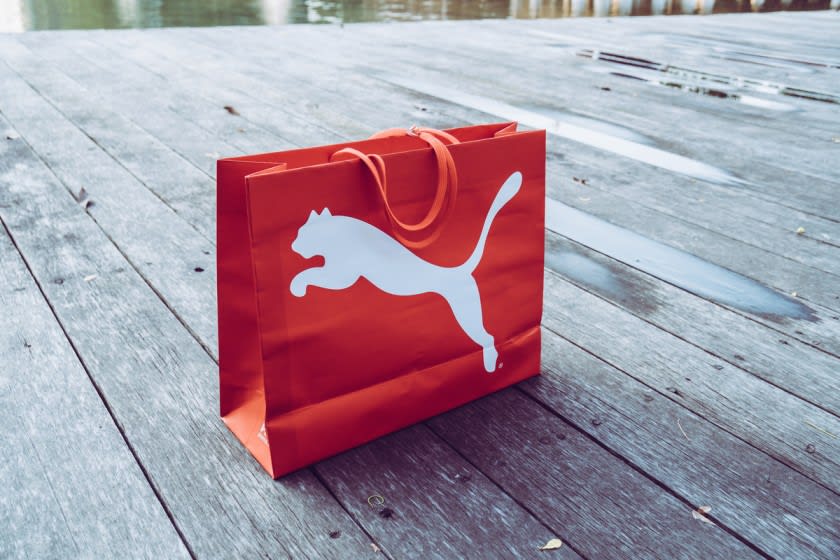Impact Of Russian-Ukraine War On the Fashion Industry



The global fashion industry has gone through some interesting times in the last few months. Apart from the usual change in trends and styles, the clothing retail industry has also witnessed some unexpected major developments. Most of these unexpected developments are due to the ongoing Russia-Ukraine war, which has been raging since February 2022. Russia's very own fashion retailing industry has been hit severely. Major domestic brands have suspended their operations in the country. International Topic clothing brands like H&M, Zara, Marks & Spencer, and Nike have followed suit. According to reports, in March 2022, more than 400 global companies suspended their operation in Russia. With multiple sanctions in place, the conflict has had a far-reaching effect on the fashion industry.
This article discusses how the Russia- Ukrainian conflict is impacting fashion retailers globally.
1. Logistical costs have increased
On March 7 this year, oil prices shot up to a whopping $130 per barrel - a record in nearly 14 years. The US, the UK, and a few other EU countries were reportedly discussing possibilities of a ban on oil purchases. Russia is the third largest producer of crude oil globally and exports nearly 5 million barrels per day. This accounts for a 12% contribution to global trade. With high oil prices, it is expected that such a ban could have a knock-on effect on the entire supply chain.
Thanks to the increased freight costs, it won't be easy for garment manufacturers to import and export textile material. This could lead to huge losses for these companies. The rising fuel prices have also led shipping companies to raise their prices. This has directly affected retailers and suppliers. If the oil prices keep rising further, retailers and suppliers can expect some more losses to come their way.
2. Decline of the European retail industry
Before the conflict, Russia and Ukraine contributed 11% to the retail industry in Europe. But with the devaluation of the Russian ruble, brands in Russia have been facing declining demand. On the other hand, the rising prices of fuel and raw materials have left fashion retailers with no other option but to increase their costs.

For example, the surge in crude oil prices has pushed up the prices of polyester and nylon. Both these are derived from petroleum. This is causing shoppers to shop less, thereby affecting the overall sales of the European retail industry. Also, the suspension of operations by domestic and international retail brands has dented consumers' confidence, and their spending propensity has decreased significantly.
3. Turkey's textile industry dealing with cancelled orders & decreasing sales
Turkey's textile and fashion retail industries have been heavily affected due to the ongoing conflict. Textile firms and those making leather goods have seen unprecedented cancellations of high-ticket orders. In March 2022, customers from Kyiv and Moscow cancelled orders worth over $200 million. These cancellations are already having a massive impact on Turkey's textile industry. According to experts, Turkey's textile industry is touted to lose over $1 billion if the conflict doesn't resolve.
4. Supply and Production side challenges
One of the major challenges the global fashion industry faces is supply. The suppliers are still struggling to deliver the expected volume. Most suppliers are unable to forecast and deliver on the customers' demand correctly. The reason is that there has been a real shortage of workers and raw materials post-conflict. This has caused massive delays and even cancellation of shipment orders. Under normal circumstances (that meant having adequate resources), suppliers could easily deliver customers' demands. But this is not the case now.
5. Increased demand for Luxury Goods
With inflation and a humanitarian crisis looming, one wouldn't usually consider investing in luxury products. However, a June 2022 report published by Bain & Company indicated an increased demand for luxury fashion and similar products. This has only been possible due to the resilience shown by the world's wealthiest individuals.
As per the study, the global luxury market grew to a whopping 288 billion euros in 2021. This was a 360-degree 'U-turn' from 2020 when the luxury industry witnessed its worst dip due to COVID-19. Despite the Russia-Ukraine war, luxury clothing retailers have posted 2x growth in Q1 2022. Bain has also predicted a 15% growth in sales by the year-end, pegging the market at 330 billion euros by 2023. Even at its worst, Bain forecasts luxury sales to increase by 5%, closing at 305 billion euros.
6. The rise of 'digital fashion'

While most European brands have suspended operations in Ukraine, Ukrainian designers have found digital platforms to be a lucrative option. Companies are pulling off path-breaking innovations in the field of AR/VR and online retail. Augmented reality-based collections featuring Ukrainian designers. are becoming popular with each passing day.
7. Slow economic growth changing customer demands
According to 'GlobalData's Risk Report Q1, 2022' the ongoing Russia-Ukraine conflict has severely curtailed global economic growth in 2022. This is in stark contrast to the previous year when the economic growth rate was around 5.7%. The global economy is expected to grow at a mere 3.3% for the rest of 2022. The inflation rate too is expected to rise to 6.8% this year. Rampant inflation will cause the cost of living to go up. This will heavily affect consumers' choices as they spend more on essentials than expensive clothing brands. Naturally, if the cost of living goes up, people stop or reduce buying clothes.
8. The slowdown in the cycle clothing market
Ukraine is a major producer of cycle clothing and sportswear. It is also one of the two parties at the center of this conflict. With factories facing a shortage of workers and raw materials, consumers are losing their confidence in the domestic retail industry. This has led to a massive slowdown in Ukraine's cycle clothing industry. While there are talks about shifting production to other countries/states, it can be very challenging. It'll take time for apparel manufacturing businesses to develop stronger business relationships in new locations. Especially when it comes to finding factories at such short notice.
An important question- Is Russia's fashion industry over-dependent on imports?
The Russian fashion industry has historically been dependent on imports from other countries.
Even though there are domestic players who have been trying to fulfill consumer demands. Many apparel and fashion-related accessories are still imported from Western brands. There's also a significant shortage of skilled workers engaged in shoemaking, sewing, and textile manufacturing. With the EU's sanctions, things don't look bright for the future of Russia's clothing industry. According to global data, the Russia-Ukraine conflict is expected to wipe off $18.8 billion from the Russian apparel market.
Endnotes
With the recent Russia-Ukraine war and burgeoning problems with the global supply chain, apparel businesses must have a trustworthy network of suppliers and logistics partners.

At Fashinza, we help you manage your garment manufacturing business effectively. You can now connect with over 200 suppliers and shipping partners, streamlining your entire manufacturing process through our online platform. If you're a clothing manufacturer and are looking to grow your business, sign up at Fashinza now!



















